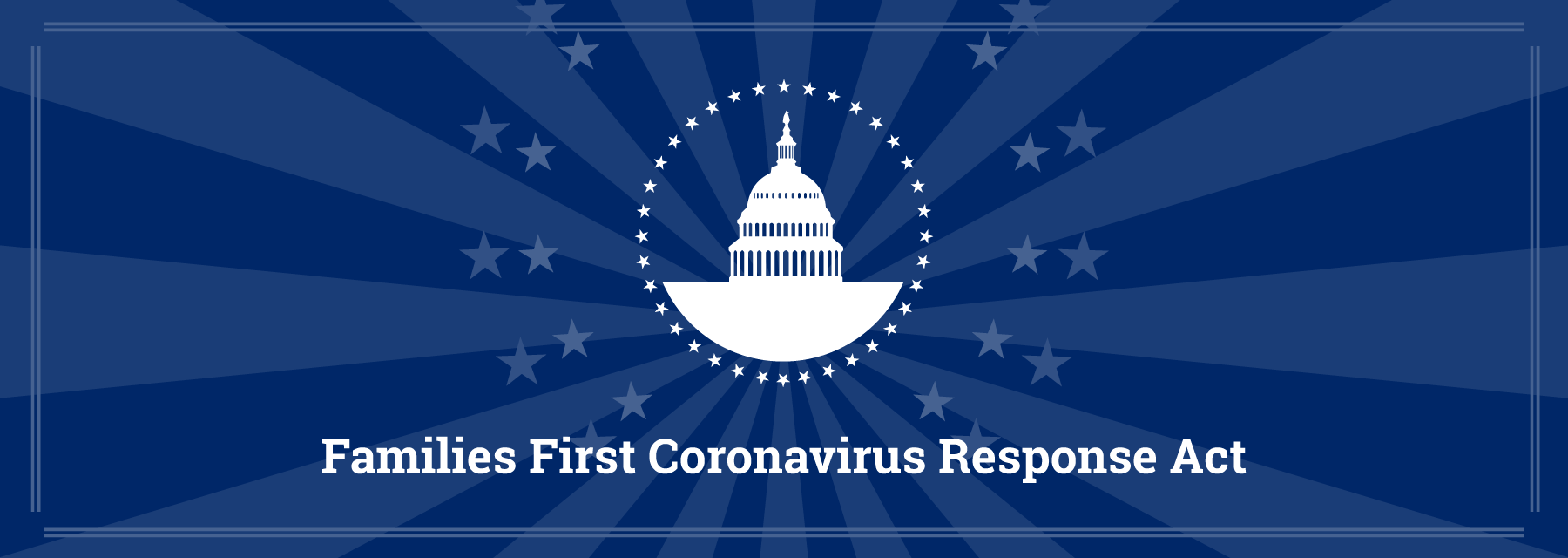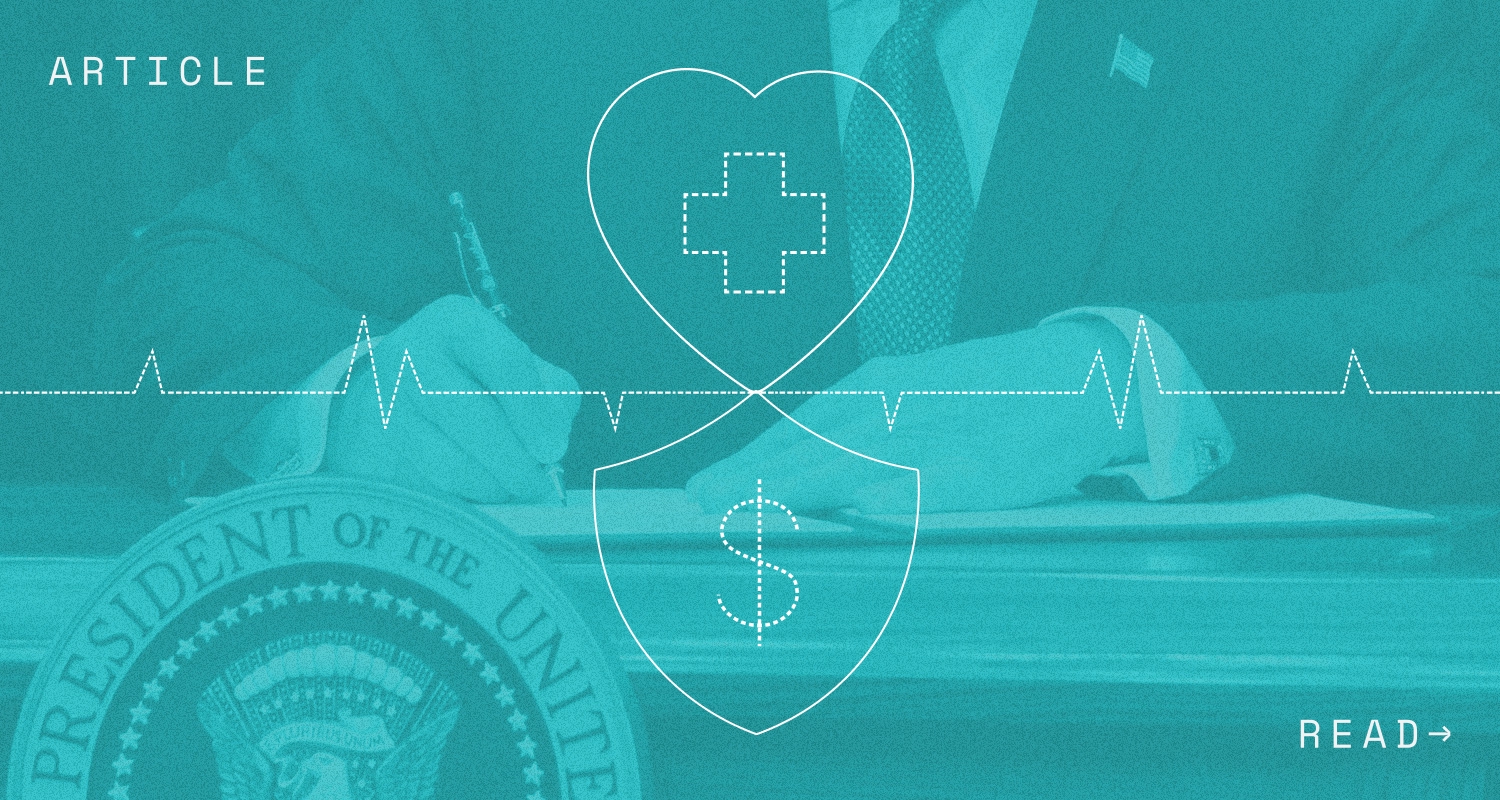This article was curated by the Sequoia Compliance Team and posted in partnership with Marathas Barrow Weatherhead Lent LLP, a national law firm with recognized experts on the Affordable Care Act.
On September 11, 2020, the U.S. Department of Labor (“DOL”) released a temporary rule updating certain FFCRA regulations in response to four provisions rejected by a decision in the U.S. District Court for the Southern District of New York. For a brief summary about this decision, please see our prior blog post. The temporary rule is scheduled to be published on September 16, 2020, and will be effective immediately through the expiration of the FFCRA’s paid leave provisions on December 31, 2020.
The temporary rule updates FFCRA regulations issued in April 2020 in response to a recent federal District Court decision which found four portions of the initial regulations invalid including provisions related to whether the FFCRA applies if employers do not have work available for employees; the timing for which employees must request the need for leave; the definition of health care provider; and the availability of intermittent leave. For more information about the FFCRA regulations issued in April, please visit our blog post.
While many anticipated that the DOL would appeal the decision, the DOL elected to reaffirm and clarify its position on some of these issues, while choosing to revise or update others. Thus, while the court’s order was limited to companies operating in New York (or potentially only those in the Southern District of New York), the DOL’s revisions to the regulations apply to all employers subject to the FFCRA (inside and outside New York).
The District Court’s order and the updated regulations are discussed in more detail below.
New York Federal District Court Decision
Soon after the FFCRA regulations were implemented, the State of New York sued the DOL in the United Stated District Court for the Southern District of New York claiming the DOL exceeded its authority when it implemented several provisions of the FFCRA regulations. The District Court agreed in part and, in August, the court issued an order invalidating several portions of the FFCRA regulations including requirements relates to work availability, documentation, intermittent leave, and the definition of “health care provider.” For more information about the decision, please see our blog post.
Updated Regulations in Response to the Court’s Decision
In the updated regulations, the DOL reaffirms its regulations related to the work availability and intermittent leave requirements, but provided further clarification or explanation of its regulations. The DOL also revised regulations related to the definition of “health care provider” and the notice requirements. The rationale and changes are discussed more fully below:
Work Availability
Specifically, for purposes of the work availability requirement, the DOL affirms that neither emergency paid sick leave nor expanded FMLA under the FFCRA may be taken unless the employer has work available for the employee (the “work availability” requirement). The FFCRA statute provides that leave under the FFCRA is available if an employee is unable to work (or telework) “because of” or “due to” a qualifying reason under the FFCRA. The DOL cites to U.S. Supreme Court authority that interprets “because of” or “due to” language to create a “but for” test or analysis. Thus, FFCRA leave must be the “but for” cause of the employee’s inability to work. Furthermore, the DOL reasons that the plain meaning of the word “leave” in this context, and based on longstanding DOL interpretation, means that someone has to be absent from work at a time the employee would otherwise be working. Thus, the DOL stands by its original regulation and provides that an employee cannot take FFCRA leave if there was no work available from the employer for the employee to perform.
Finally, the DOL explains that this requirement was intended to apply for all qualifying reasons under the FFCRA, not just those that were initially listed in the original regulations.
Intermittent Leave
The FFCRA is silent about the availability of intermittent leave, but as the DOL notes in the preamble to the updated regulations, the DOL was given broad authority to develop rules under the law. Thus, consistent with FMLA regulations, the DOL interpreted the availability of intermittent expanded FMLA leave for employees working onsite similar to how it applies for purposes of FMLA, which may also require employer approval. For emergency paid sick leave, however, there is opportunity for spreading COVID-19 in the workplace. Thus, it would be contrary to the purpose of the FFCRA to allow someone to take emergency paid sick leave intermittently (unless caring for a child whose regular day care provider is unavailable due to COVID-19). Therefore, for employees working on-site, the DOL reaffirms its decision to only allow intermittent leave for expanded FMLA leave purposes. The DOL confirmed, however, as originally provided, that intermittent leave may be available for any FFCRA qualified reason if an employee is teleworking, as there is no risk the employee would spread COVID-19 at a worksite. In any intermittent leave context, however, permission from the employer is still required.
Health Care Provider Definition
In an effort to ensure the public health system could maintain its necessary function during COVID-19 pandemic, the FFCRA allowed employers to exclude employees who are “health care providers” or “emergency responders” from eligibility for expanded FMLA leave and emergency paid sick leave.
The DOL took an expansive approach in defining “health care provider” in its initial FFCRA regulations to ensure health care operations would not be hampered, such as ensuring maintenance to health care facilities, trash collection, food services for hospital workers, and other similar services. The District Court found this approach to be overly broad and, therefore, per the District Court’s order, the DOL opted to revise its definition of health care provider. In the updated regulations, health care providers include employees who are health care providers under existing FMLA regulations and “any other employee who is capable of providing health care services such as diagnostic services, preventive services, treatment services, and other services that are integrated with and necessary to the provision of patient care and, if not provided would adversely impact patient care.”
This could include a variety of health care practitioners other than doctors, including nurses, nurse assistants, medical technicians, and laboratory technicians. The preamble and rule provide numerous examples of what would constitute diagnostic, preventive or treatment services, and services integrated with these that are necessary for patient care, such as bathing, dressing, or feeding patients, among several others. Food service professionals, IT professionals, building maintenance workers, HR professionals, or other individuals who do not provide health care services even though their work impacts health care services are no longer included in the definition of health care providers.
Employees falling within the new definition of health care provider can work in a variety of settings including, but not limited to, hospitals, clinics, doctor’s offices, medical schools, local health departments, nursing or retirement facilities, nursing homes, home health providers, laboratories, or pharmacies.
Notice of the Need for Leave
In the updated regulations, the DOL clarifies that notice of the need for emergency paid sick leave must be provided as soon as practicable (instead of before emergency sick leave is taken), which is consistent with the position the plaintiffs took when they challenged the original regulations.
Additionally, the DOL revised the regulations regarding notice of expanded FMLA leave. For a foreseeable need to expanded FMLA leave, the employee must provide notice as soon as is practicable, which may mean the employee may have to provide advance notice of the need for leave if the facts and circumstances support prior notice. Prior notice is not required for unforeseeable need for expanded FMLA leave. Finally, the employer may require an employee to substantiate the need for leave as soon as practicable, which may be at the same time notice is provided.
The DOL also updated its FFCRA FAQ’s consistent with the updated regulations.
Employer Considerations
As mentioned previously, the DOL’s updated regulations impact all employers subject to the FFCRA, not just those with employees in New York. Thus, all impacted employers should familiarize themselves with the updated regulations and administer them accordingly moving forward.
To the extent an employer has employees impacted by the revised regulations, such as individuals previously included in the DOL’s broad definition of health care provider or employees who were denied emergency paid sick leave for failing to provide advance notice, they should consult directly with counsel to discuss how to address those specific situations.
Disclaimer: This content is intended for informational purposes only and should not be construed as legal, medical or tax advice. It provides general information and is not intended to encompass all compliance and legal obligations that may be applicable. This information and any questions as to your specific circumstances should be reviewed with your respective legal counsel and/or tax advisor as we do not provide legal or tax advice. Please note that this information may be subject to change based on legislative changes. © 2020 Sequoia Benefits & Insurance Services, LLC. All Rights Reserved




